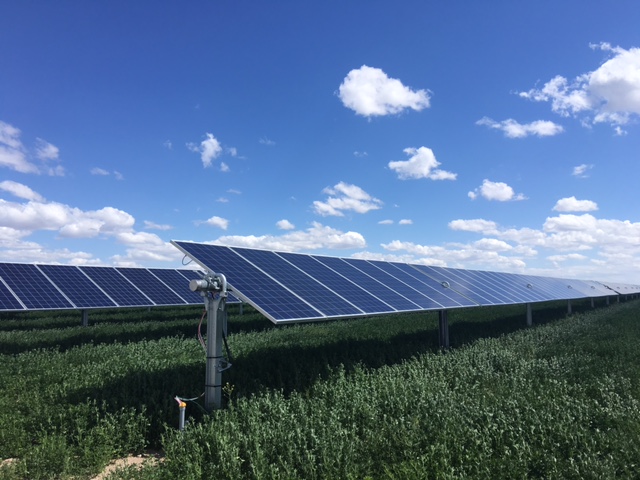
Below is a breakdown of solar capacity development and generation trends in key U.S. states.
TOP 5
California remains the top state in terms of solar generation capacity, with just over 20,482 megawatts (MW) as of early 2024, according to the EIA and energy data platform Cleanview.
That capacity sum is up by 44% since 2020, and indicates that California’s generators continue to build out clean capacity at a rapid pace.
However, in terms of total clean electricity generation, California has lost the top spot to Texas, which has sharply increased both wind and solar output over the past five years.
Between 2020 and early 2024, Texas boosted solar generation capacity by 12,579 MW, which is more than twice the capacity gains posted by California over the same time frame.

In terms of total electricity generation, California produced a record 68,816 gigawatt hours (GWh) of electricity from solar assets in 2023, compared to Texas’ 31,739 GWh, according to energy think tank Ember.
Those totals equated to just over 28% of California’s total electricity output, and 5.82% of total electricity production in Texas.
Florida has the third largest solar capacity in the U.S. as of early 2024, with 9,585 MW, while North Carolina (6,710 MW) and Nevada (4,815 MW) round out the top five solar producers in terms of generation capacity.
Florida generated 6.76% of its electricity from solar farms in 2023, while North Carolina generated 9.3% and Nevada generated 26%, Ember data shows.
Collectively, the top 5 solar producers lifted solar capacity by 28,428 MW since 2020, and account for around 59% of total national solar capacity, according to the EIA.
SECOND TIER SOLAR STARS
Georgia, Arizona, Virginia, Colorado and Ohio have the next largest solar capacity footprints in the U.S.
Virginia brought on the largest volume of solar capacity within that second tier group since 2020 (2,433 MW), followed by Ohio’s 2,049 MW.
Those new capacity additions have catapulted Ohio from the 29th largest solar capacity base in 2019 to 10th largest as of early 2024, EIA data shows.

Ohio also brought on the fourth largest amount of capacity (1,676 MW) nationally within the past year and looks primed to leap even higher up the capacity rankings, once the planned Oak Run solar project’s 800 MW of further capacity is completed.
In terms of the share of electricity generated by solar assets, Arizona ranked top among the second-tier producers, generating around 10% of all electricity from solar sources last year.
Colorado ranked second with 9%, followed by Virginia (6.56%), Georgia (6.09%) and Ohio (1.32%).
FAST GROWTH
Outside of the top 10, several other states are also posting rapid growth in solar generation capacity.
Utah, New York, New Mexico, Wisconsin and South Carolina are the next largest states by total installed solar capacity, and added an average of 900 MW of capacity since 2020.
Wisconsin alone added 1,407 MW of capacity during that window, which helped solar boost its electricity generation share from 0.36% in 2020 to 2.35% last year.

Utah generated nearly 14% of its electricity from solar last year, while New Mexico sourced 8.2%, New York 5% and South Carolina 3.3%.
For the United States as a whole, solar power generated just under all utility-supplied electricity in 2023, according to Ember.
But solar’s share of daily generation can easily surpass 70% in key markets such as California, especially during bright, sunny days.
And with total solar generation capacity climbing sharply throughout the country, solar power’s share of total electricity generation looks set to scale fresh record highs in 2024.






